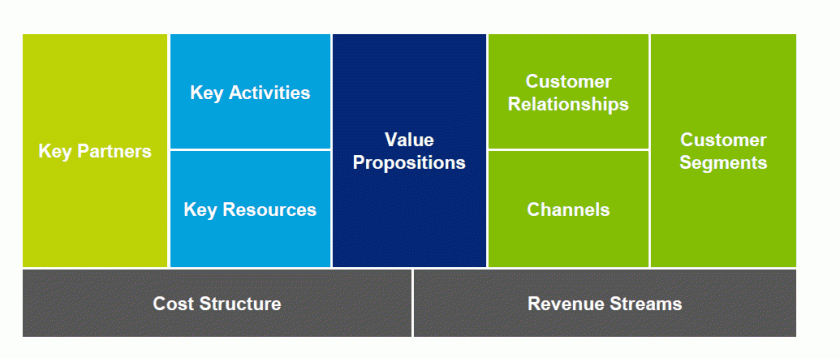
The Business Model Canvas by Alex Osterwalder and Yves Pigneur
We are witnessing a sweeping change being undertaken within the energy sector. The shifting away from traditional models of energy supply, based on one fuel, with limited or no choice for the ultimate consumer, has been our energy system for decades.
Today the energy dynamics of supply and demand are significantly changing. Monopolies are breaking down; be these in the single use of one fuel, in the past fossil fuel (oil, gas, coal) to generate the energy are now being challenged and progressively replaced with the cleaner, more friendly sustaining alternatives offered by solar, wind, water. These offer solutions to bringing down our carbon emissions but are far more dramatic in their impact on the energy systems we have in place.
New enabling technologies are opening us to new opportunities. Continue reading

 Today 55% of the world’s population resides in urban areas; in2050, that will be staggering at 68% of the world population will be living in cities.
Today 55% of the world’s population resides in urban areas; in2050, that will be staggering at 68% of the world population will be living in cities.